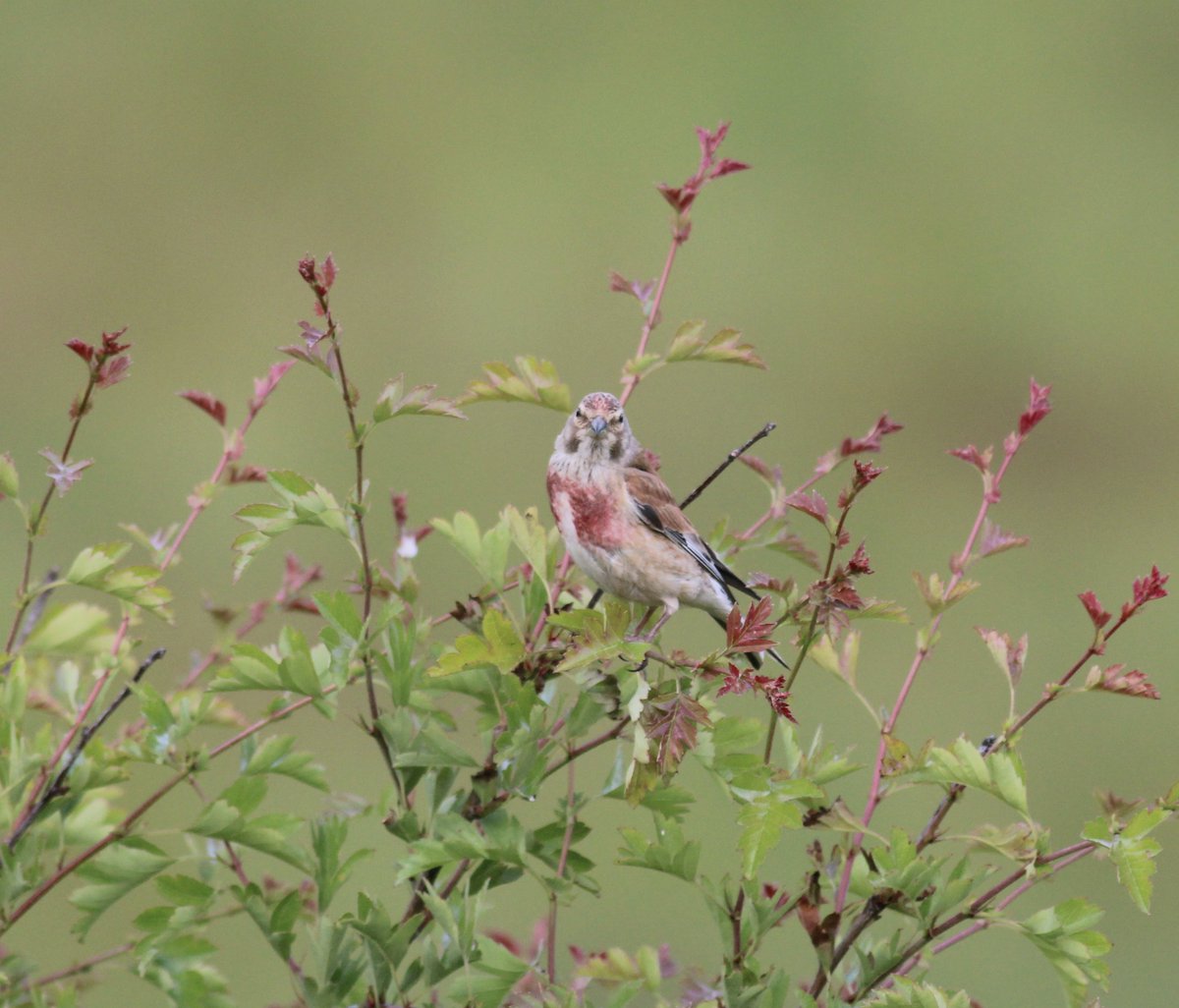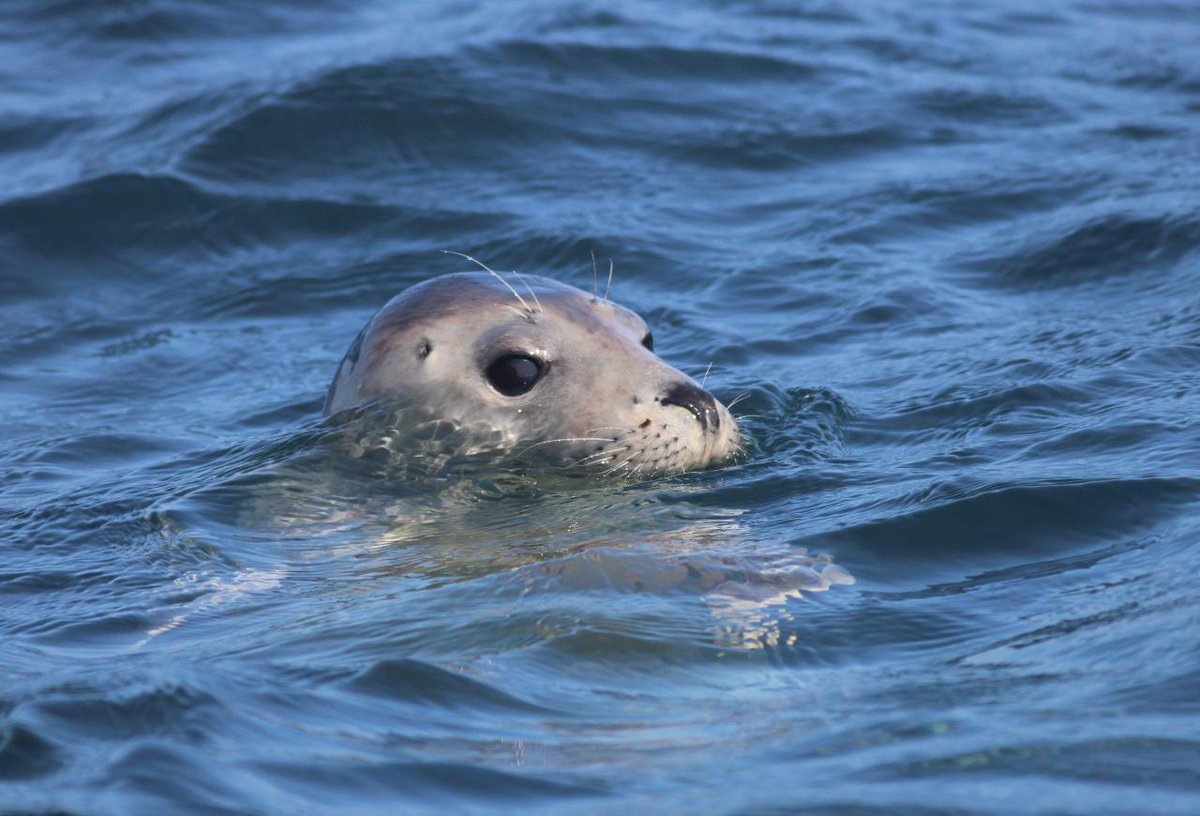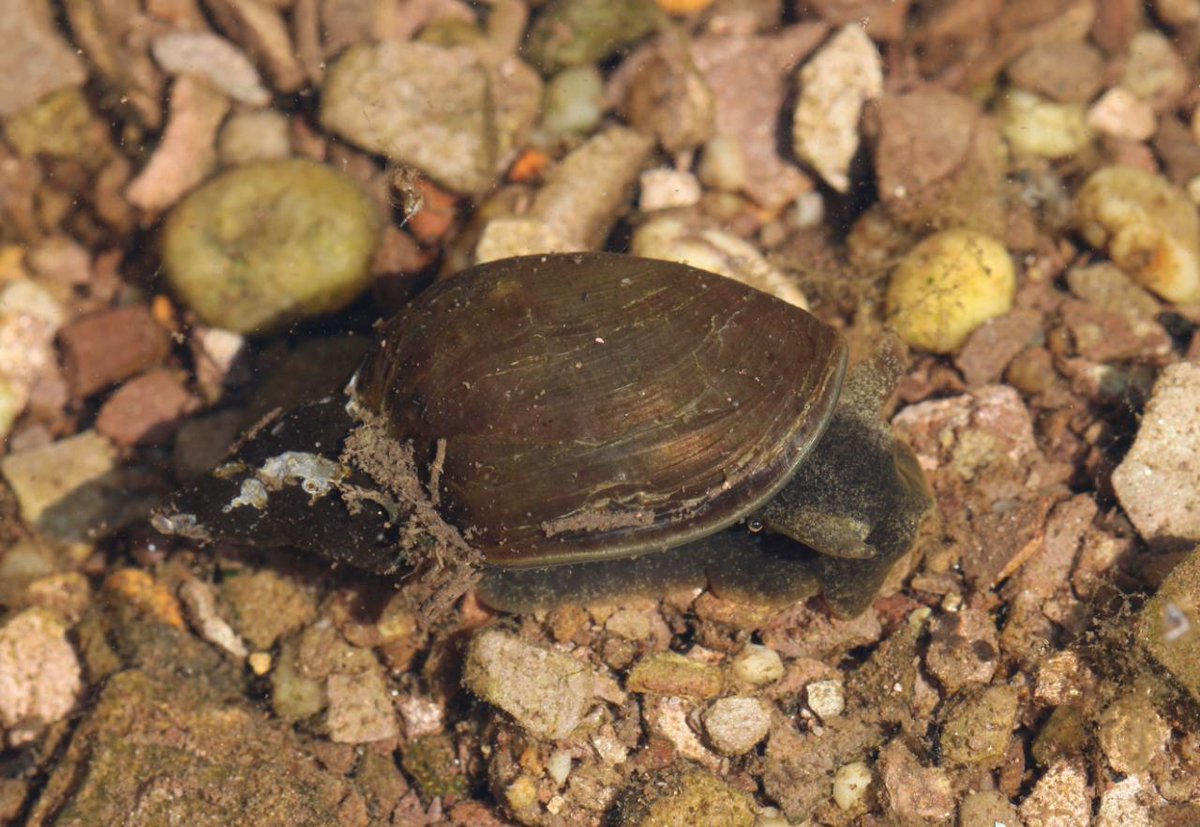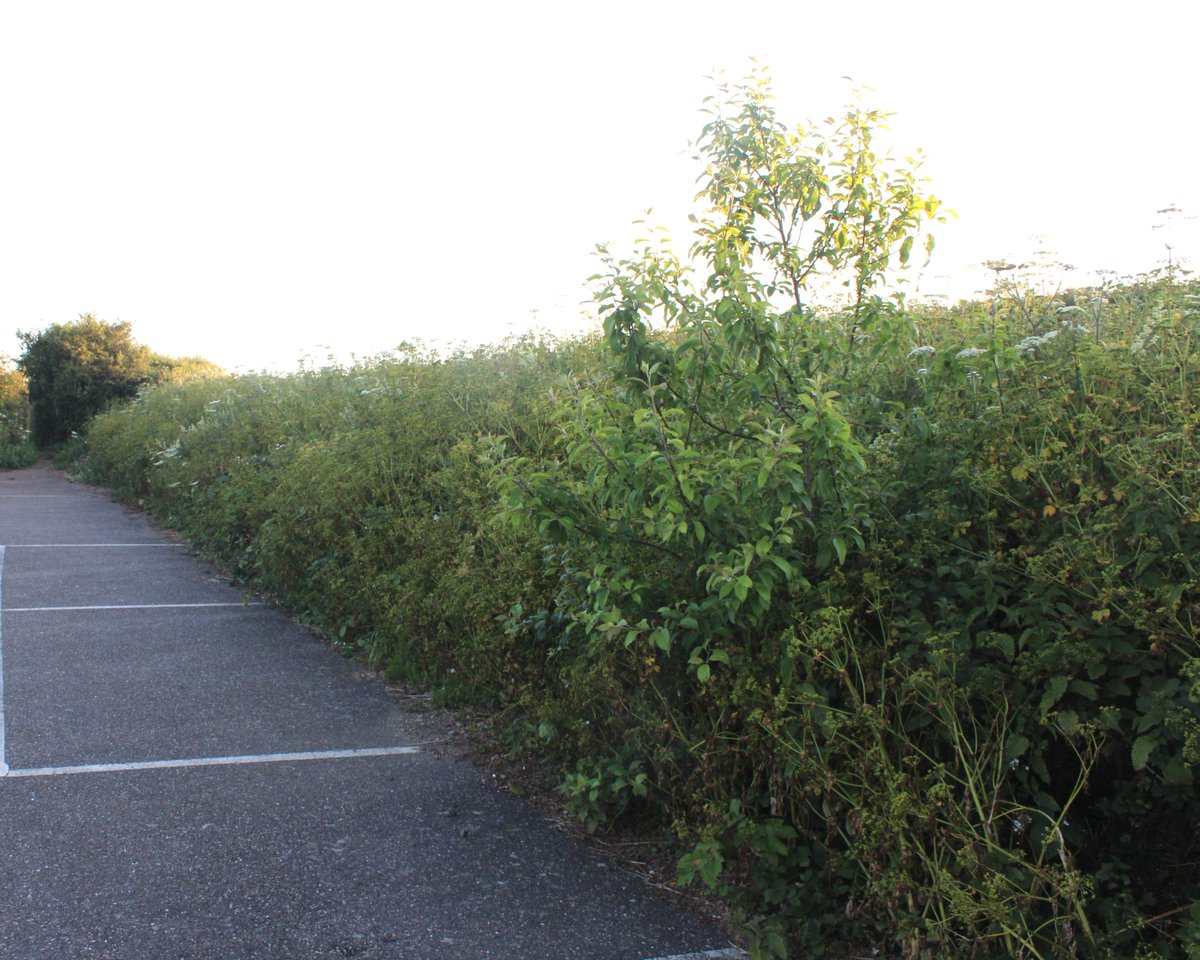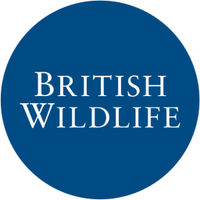
British Wildlife Mag
@britwildlife
British Wildlife: the magazine for the modern naturalist. Now published by @nhbsNews
ID: 971822822
https://www.britishwildlife.com/ 26-11-2012 11:52:54
2,2K Tweet
4,4K Followers
377 Following





A juvenile Starling for #30DaysWild There's a lot to like about these characterful birds, not least their impressive repertoire of vocalisations and amazing flocking displays. Stephen Moss made the case for a greater appreciation of Starlings in britishwildlife.com/article/articl…
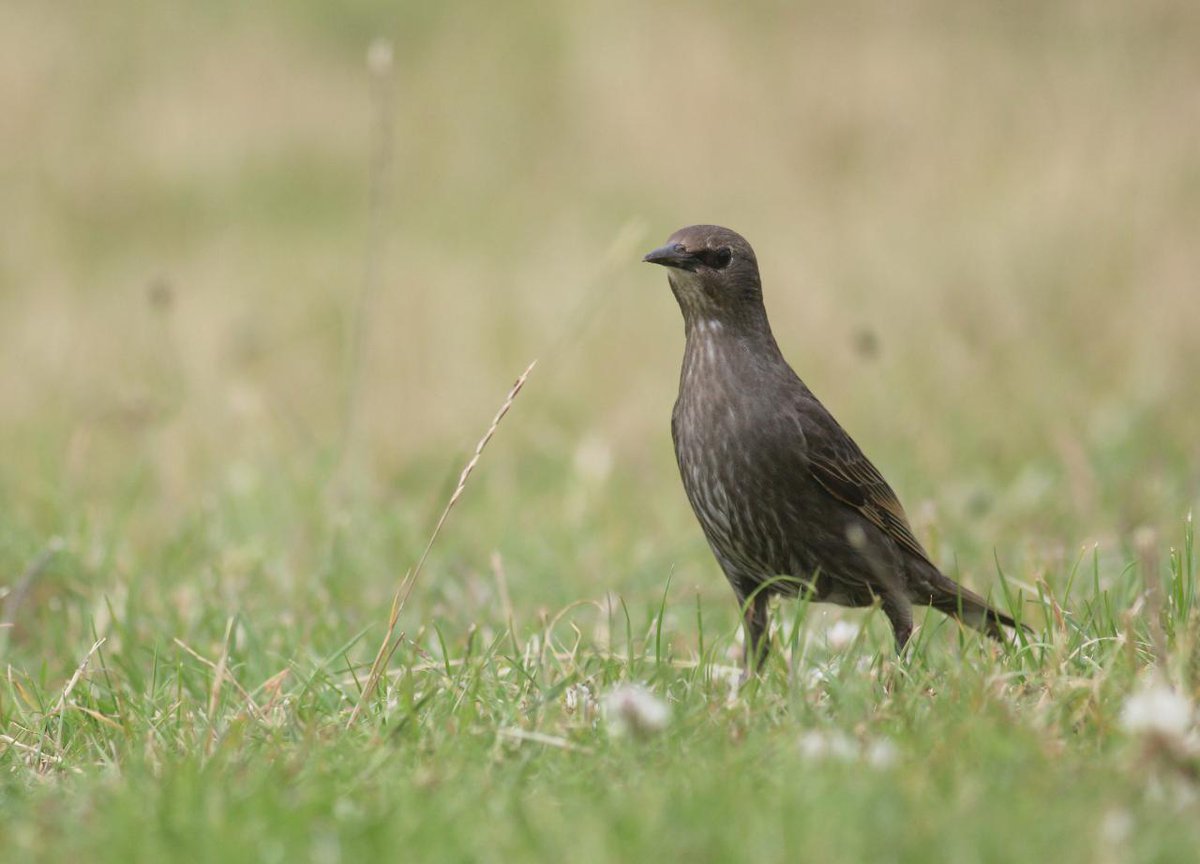


Upland oakwood on Dartmoor, one of the last refuges in Devon for the Lesser Spotted Woodpecker #30DaysWild LesserSpot Network provided a comprehensive account of the decline and challenges facing this species in britishwildlife.com/article/articl…





For the final day of #30DaysWild, a male Linnet This has been one of the winners at RSPB Hope Farm, a place that proves productive farming and nature recovery can be achieved in tandem; for a review of changes during the RSPB's first 25 years there, see britishwildlife.com/article/articl…
